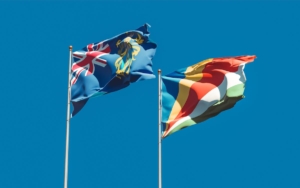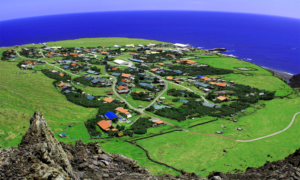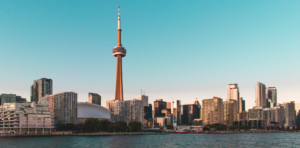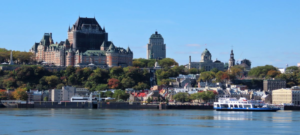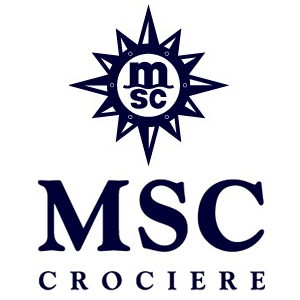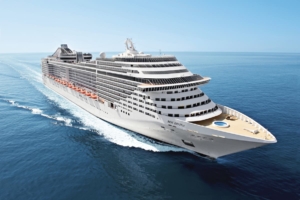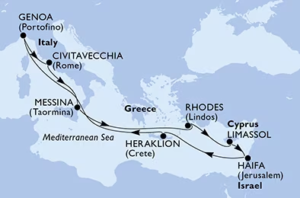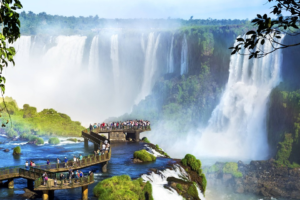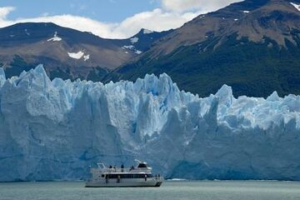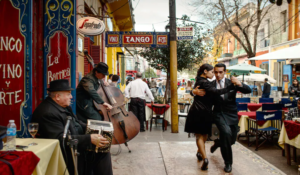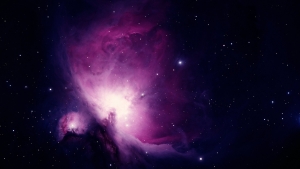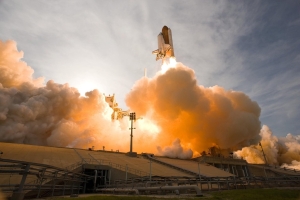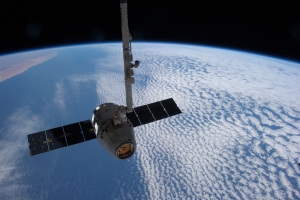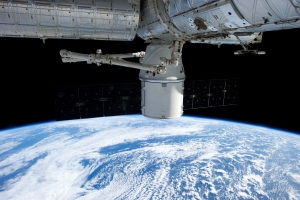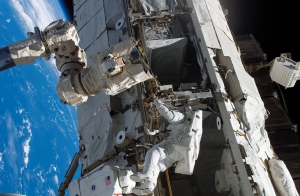The idea of the Sleepbox comes from two Russian architects : Krimov Md and Gorjainov Av.
Literally “the box for sleeping”, is a space specially created for the traveller who can use it to work, relax or sleep during the break between one move and another.
These mini rooms are attention to detail and feature an innovative design and hi-tech aimed at achieving a particular care of privacy, have dimensions ranging from 2.5 to 3 meters high and up to about 4 square meters.
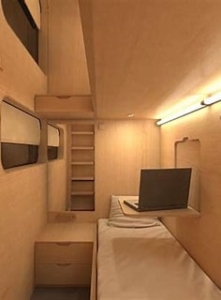
In its largest version it can accommodate 3 people, equipped with two bunk beds, a bedside table, space for luggage and electrical outlets for pc and smartphone connection.
Returning to the care of privacy, the Sleepbox provide electric curtains that obscure the glass windows, while inside the lighting is totally LED lights.
The latest models include a touch screen from which to control the functions of the environment and a distributor of drinks and snacks.
It can be rented from a minimum of 30 minutes up to a few hours, with the possibility of saving in case of longer stays.

The first Sleepbox can be found at the Sheremetyevo International Airport in Moscow since 2011 and has aroused great enthusiasm in the public. Also in Moscow, near the train and metro station Belorusskiy was opened a real hotel Sleepbox.
Thanks to the public outcry, Sleepboxes are arriving at many other airports and stations.
Have you ever heard of it?
Whether it’s for work or pleasure, if you meet one, don’t miss it!

